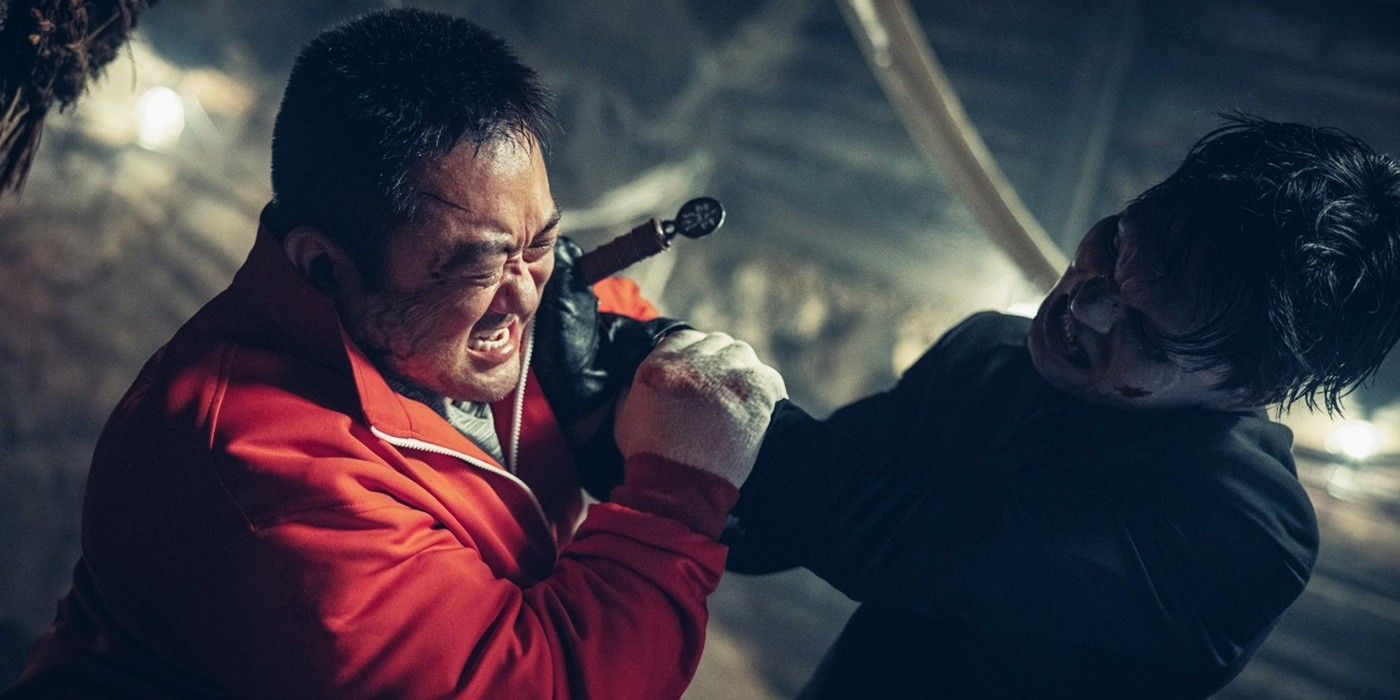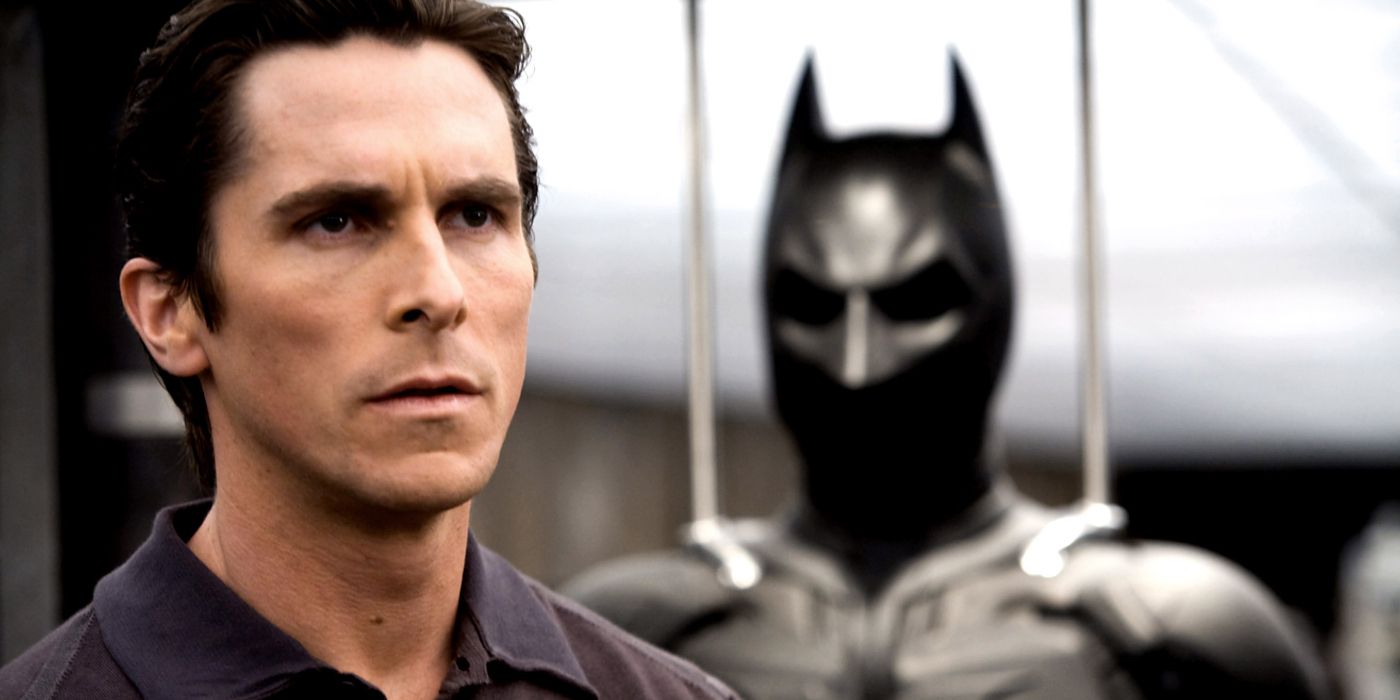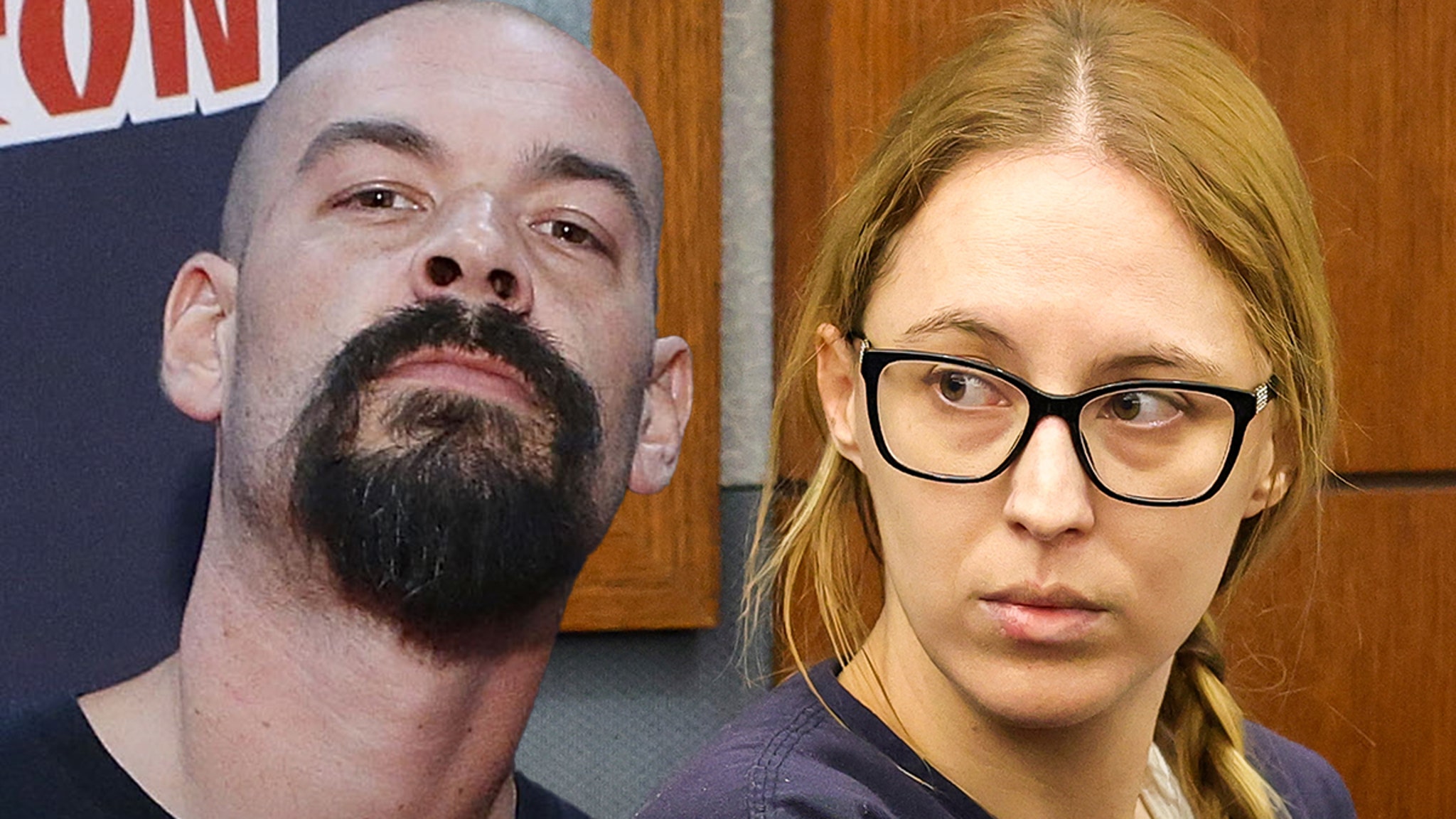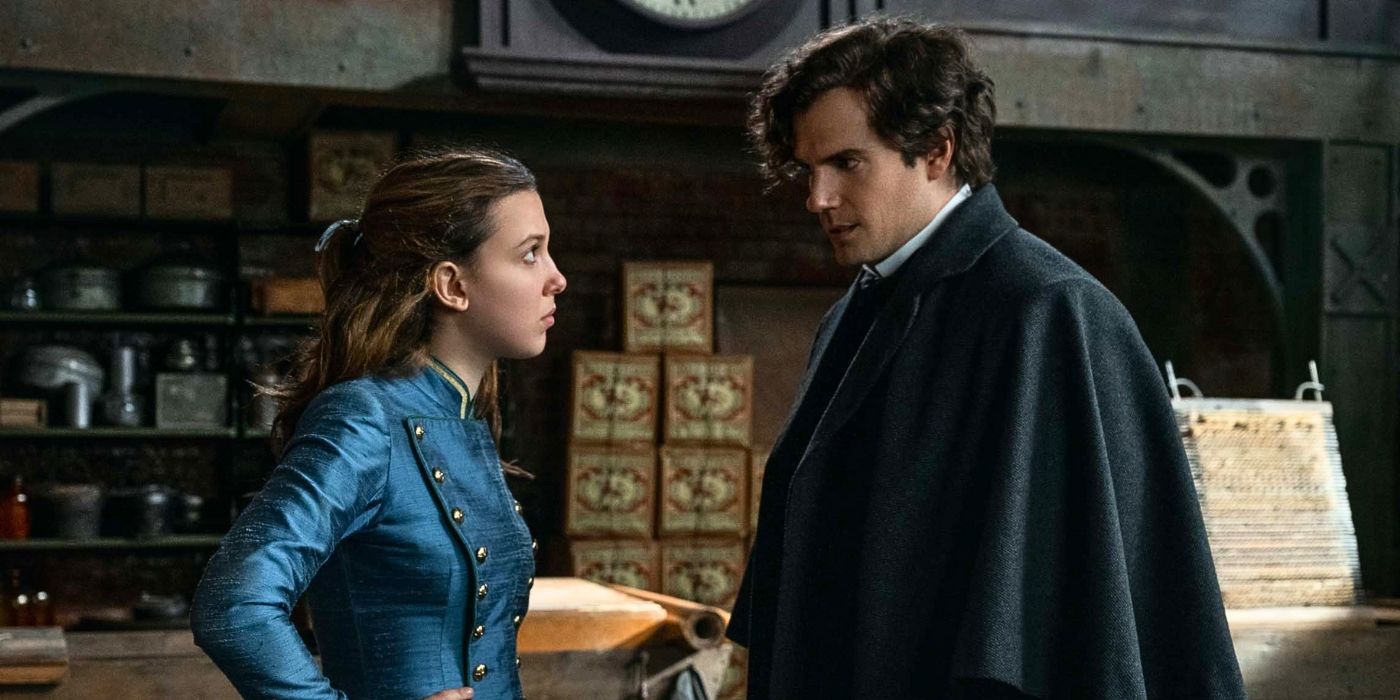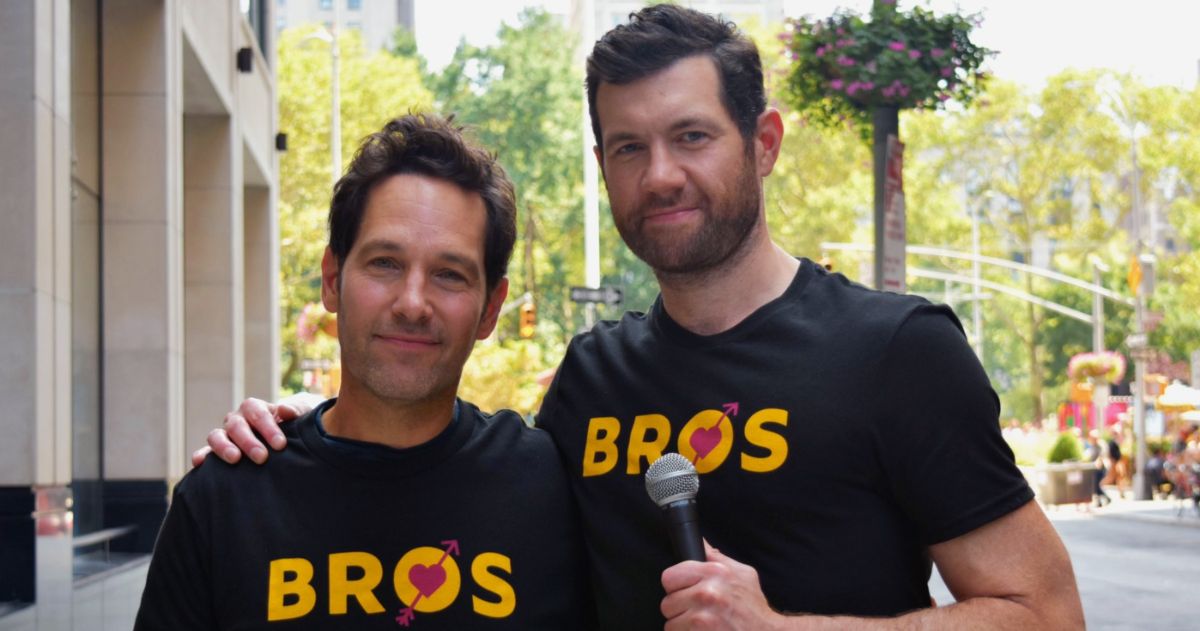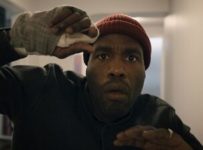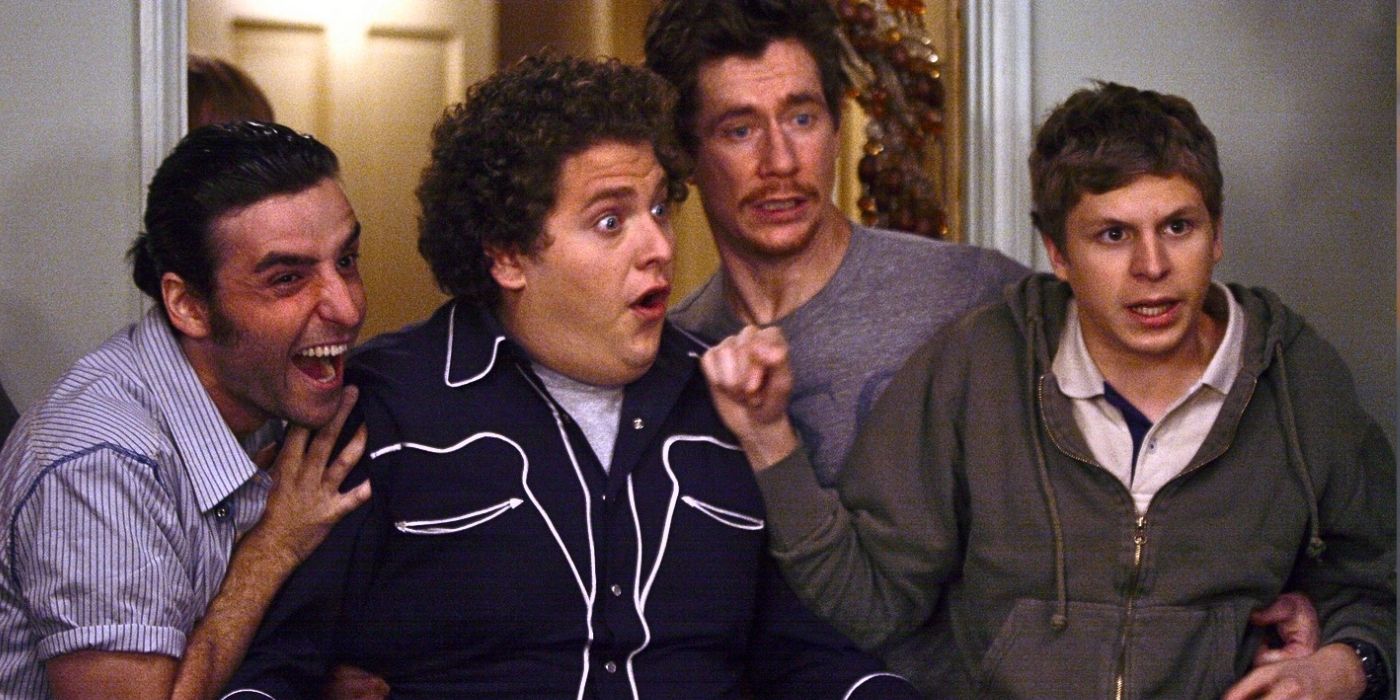David Wojnarowicz was born in Red Bank, New Jersey in 1954.
Red Bank is located in Monmouth County, a suburban subset just west of the New Jersey shoreline. The borough is bound on its north edge by the Navesink River, an estuary that made Red Bank a popular site for shipbuilding in the early 17th century and a hub of industrial production in the 18th. By 1844, textiles, furs, and leather were shipped up the coast to Manhattan. By 1860, a central railroad station meant that workers could commute into the city via locomotive and steamboat. They did, in droves. This exchange of bodies and goods made Red Bank a jewel in Monmouth County’s burgeoning band of suburbs and despite harsh economic prospects by 1987—”Dead Bank”, declared apocryphal chatter and the New York Times—the borough received an infusion of wealth when, in 1991, the New Jersey Development and Redevelopment Law designated the borough a special improvement district. In 2023, the borough looks—from the vantage point of a patio table at any of its luxury eateries—the picture of posterity.
By 1992, David Wojnarowicz was dead. He was 37 years old. Through the static of interview footage from a time between 1989 and 1991, his bassy voice transmits the feeling of living through the AIDS epidemic: “Mortality no longer feels like some abstraction that I could push away to the age of 80 or 90 or uh. You know, there’s no longer a luxury of, of pushing the idea of mortality away.”
It’s difficult to find a record of Wojnarowicz’s time in Red Bank. The artist was elusive about his early biography. By all accounts, it was a bad time. Wojnarowicz’s mariner father, Ed, dealt with alcoholism and was frequently physically abusive to his three children and younger wife, Dolores. The couple divorced when David was just two years old. He moved with his mother to New York City, where he would become one of the most prolific artistic voices to emerge from the East Village art scene of the 1970s. “It was a claustrophobic suburb. ‘Don’t let the neighbors know.’ My mother used to say that all the time. It wasn’t just an attitude. Actually the neighbors did know, we found out years later, ‘cause there was so much screaming in the house.”
This last quote isn’t Wojnarowicz. It’s his friend and collaborator, Nan Goldin, the subject of Laura Poitras’ most recent documentary project, All the Beauty and the Bloodshed. The film is a braided essay that weaves together Goldin’s history and memory, her activism and art. Its central strand, the tether that sustains the story’s inherent tension, is a negotiation of the way a specific set of historical and cultural conditions—a set that we call “the American suburbs”—lead to the institutionalization and eventual suicide of Goldin’s older sister, Barbara. “She made me aware at a very young age about the banality and deadening grip of suburbia,” Goldin recounts early in the film. Poitras’ movie and Goldin’s memorial are indictments of the conditions that lead to Barbara’s death and an insistence that we already possess the methods by which future deaths can be prevented.
You can view the original article HERE.


